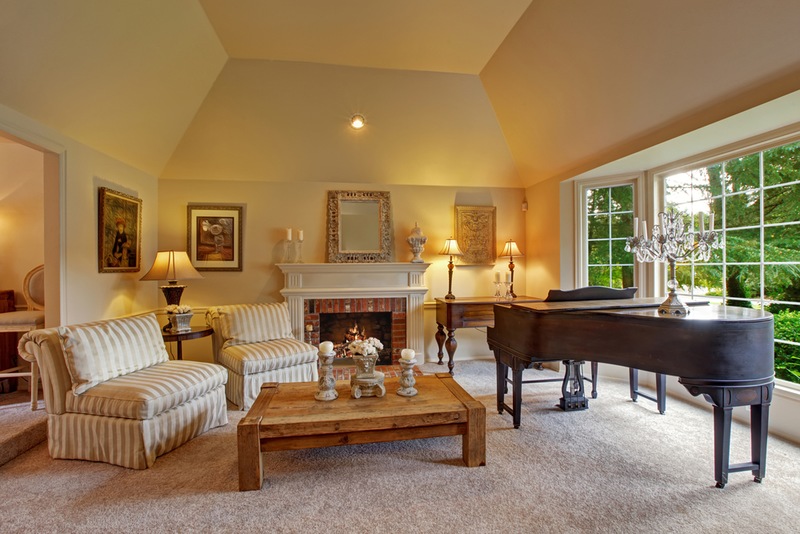Interesting Piano Facts from Detroit Piano Movers

After working in the piano moving industry for so long, we've racked up quite a few fun facts about pianos! From exploring the different colors, the number of keys, to the processes behind how the string pulling works, we share below some interesting points of note about pianos that are always exciting for dinner table discussion. Read on to learn a few!
Portland Piano Movers Explain Piano Colors
When you look at the keys of your piano, there are arranged in patterns of white and black keys. This helps the player identify them better. These keys are now made of wood and plastic. Originally, however, the keys were made from ebony and ivory, which is why one set is black and the other is white. Until about the middle of the 19th century, the key colors were reversed.
Piano Movers Charlotte NC Explain the Keys
There are 88 keys on a piano, and it has often been referred to as the 88s. There are 52 white keys and 36 black keys. There is a specialty grand piano available that has 97 keys. There are 8 tones in each octave, but if you count the black keys in each octave set, there are 13.
Philadelphia Piano Movers Talk About Piano Strings
Oddly enough, a piano is considered to be both a string and percussion instrument! A percussion instrument requires one piece of the instrument to hit another to make a sound. String instruments have strings that struck, plucked, or bowed to make a sound. The piano has hammers that hit metal strings to create a sound - making them fit the bill as both both percussion and string instruments. A piano has approximately three strings per key, but some keys have only one or two strings. There are a total of 230 strings per piano.
St Louis Piano Moving Talks About the Piano Name
The piano was invented approximately around 1700 in Italy. It was originally called the gravicembalo col piano e forte. That is an Italian phrase that loosely translates to a keyboard instrument that plays soft and loud. That long name has been shortened over the years to simply become "piano."
Bookmark & Share
Most Popular Articles
- How Much Does It Cost to Move a Piano Long Distance?
- How Heavy Is A Grand Piano?
- Easy Pop Songs to Play on the Piano
- 10 Reasons to Hire a Professional Piano Moving Company
- The Best Spots for Your Piano
- Mistakes to Avoid When Moving a Piano
- How to Restore Yellow Piano Keys
- What to Do with Your Unused Piano



